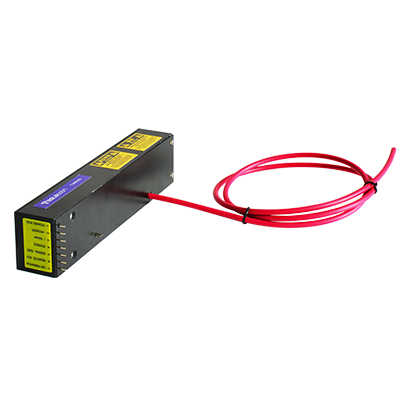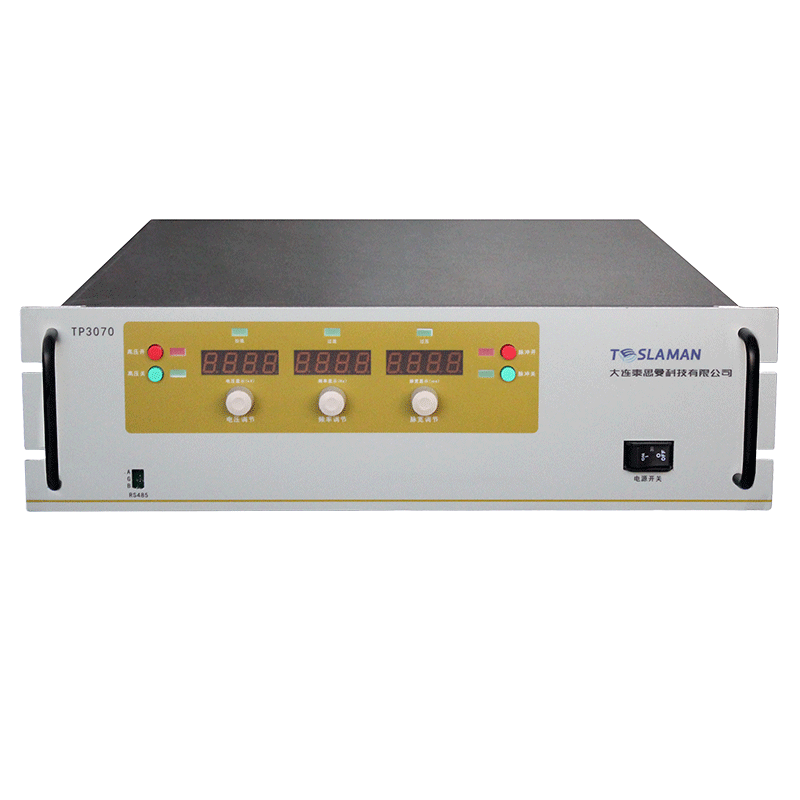Enhancing Sensitivity in Energy-Dispersive X-ray Fluorescence via High-Voltage Power Supply Technology
Energy-dispersive X-ray fluorescence (EDXRF) technology is widely used in environmental monitoring, materials science, and geological exploration due to its rapid, non-destructive, and multi-element analysis capabilities. Sensitivity—the core performance metric—determines the detection limit and accuracy of trace elements. The high-voltage power supply, as the energy core of the excitation source, plays a critical role in sensitivity enhancement. Here, we explore breakthrough paths in EDXRF sensitivity through power supply design, detector optimization, and system integration.
1. Precision Excitation Control via High-Voltage Power Supply
The high-voltage power supply regulates the tube voltage (kV) and tube current (mA) of the X-ray tube, directly impacting the energy distribution and intensity of primary X-rays:
Energy Spectrum Selectivity: Optimizing excitation efficiency for specific elements requires matching their absorption edge energies. For example, light elements (e.g., Al, Si) require low-energy X-rays (5–10 kV), while heavy metals (e.g., Cd, Pb) need higher energies (20–50 kV). Dynamically adjusting the tube voltage enhances the characteristic X-ray yield of target elements.
Beam Spot Intensity Management: Power supply stability (±0.0005%) determines the scattering intensity of the X-ray beam. Reducing the operating current decreases background scattering but sacrifices signal strength. Combining this with collimator aperture reduction (e.g., φ0.1 mm) suppresses stray radiation by >60%, significantly improving the signal-to-noise ratio for low-concentration elements (e.g., Cr in soil) and reducing analytical errors to 0.9–6.6%.
2. Charge Control Technology: Detector-Power Supply Synergy
Detector charge transfer efficiency directly affects signal capture. Advanced power designs enable directional charge transfer and multiplication through timed voltage control:
Triple-Electrode Group Structure: Along the X-ray incident direction, every three adjacent electrodes form a charge transfer group. Proximal, middle, and distal electrodes connect to independently adjustable voltage buses (V₁, V₂, V₃). A timing controller applies pulsed voltages during transfer phases (t₁–tₘ) to drive charge packets toward the readout end, minimizing recombination loss.
Energy-Zone Multiplication: Dividing the detector depth into zones (A₁–Aₙ) and applying multiplication voltages (e.g., t₃ phase) to selected zones. For instance, initiating multiplication at time tᵣ amplifies charge in target zones by several orders of magnitude. Bidirectional readout circuits (proximal/distal ends) synchronize signal acquisition, boosting sensitivity for low-energy elements.
3. System-Level Noise Suppression and Spectrum Purification
Multistage Filter System: Coordinating power supply with automatic filter switching (e.g., Rh/Al/Cu composite films) suppresses scattering backgrounds from the X-ray tube’s continuous spectrum. This increases the S/N ratio for light elements (Na–Mg) by >50%.
Total Reflection Integration: Combining ultra-stable power supplies (fluctuation <0.001%) with total reflection optics minimizes scattering photon flux to 10⁻³ of conventional levels, achieving ppb-level detection limits (e.g., heavy metals in water).
4. Environmental Adaptability Optimization
Temperature and humidity fluctuations cause power output drift, leading to spectral shifts. Solutions include:
Real-Time Drift Compensation: Temperature sensors embedded in detectors provide feedback to adjust high-voltage output, while software automatically tracks peak shifts (e.g., ±0.1 eV correction).
Thermostatic Vacuum System: Maintaining the sample chamber at 10–35°C (humidity <80%) prevents absorption of light-element characteristic peaks by water or oxygen.
Conclusion
Advancements in EDXRF sensitivity result from the synergy of high-voltage precision, detector innovation, and noise suppression. Future developments will focus on pulsed high-voltage modulation (nanosecond response) and AI-driven spectral deconvolution to overcome limitations in ultra-trace element quantification. As power supply technology evolves, EDXRF will expand into frontier fields like single-cell metallomics and deep-space exploration.




















